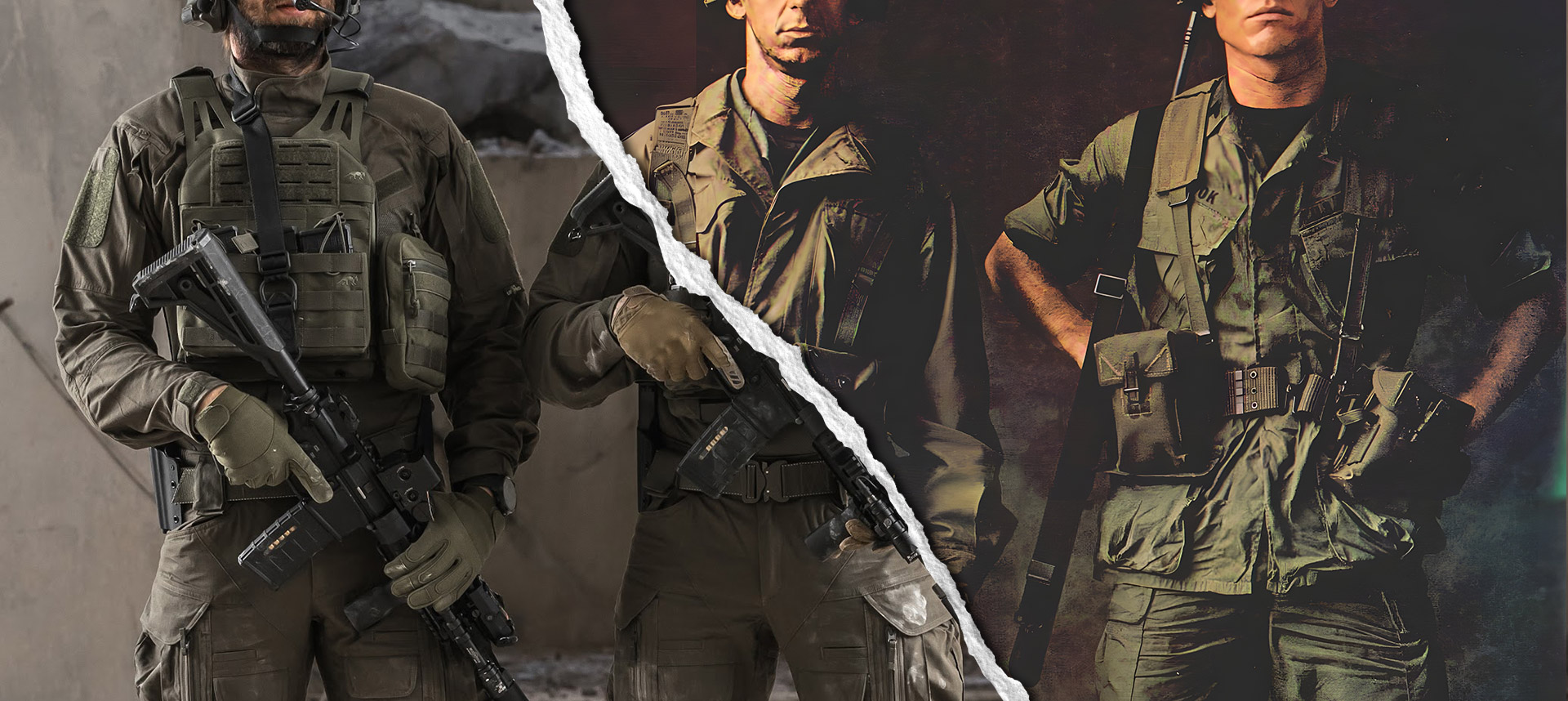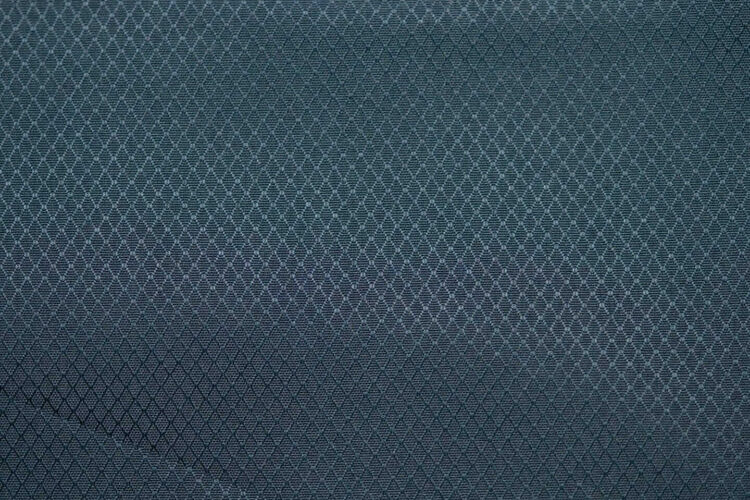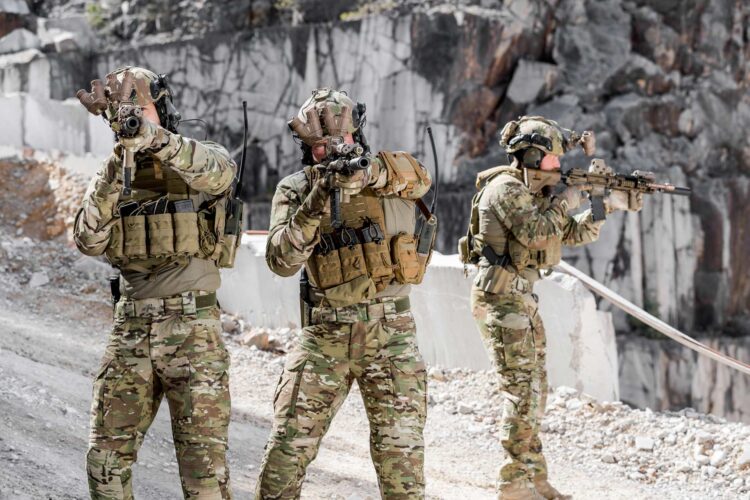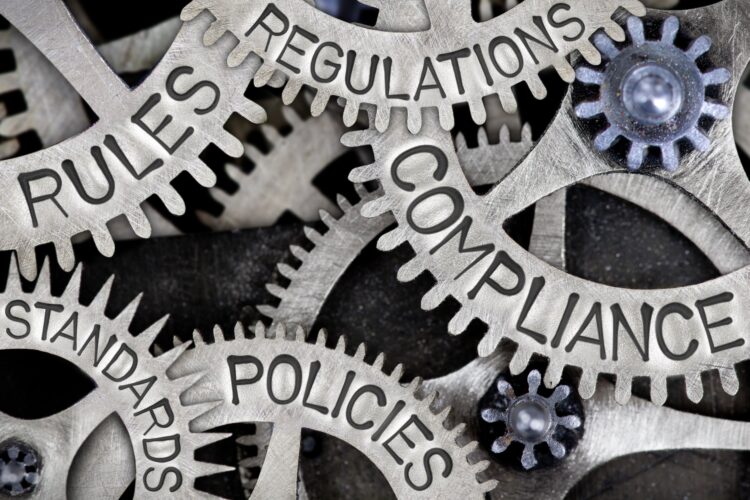Why Are Tactical Clothes So Expensive? The Cost of Preparedness

When we talk about tactical clothing, we’re discussing more than just apparel; we’re delving into a world of preparedness, functionality, and specialized use. Whether you’re a member of the military, law enforcement, or an outdoor enthusiast, tactical clothing serves as an essential tool in your kit.
This type of clothing is engineered to withstand harsh conditions and offer functionalities that go beyond the capabilities of regular clothing.
However, you’ve probably noticed that tactical clothing can be quite expensive, often costing significantly more than everyday wear. This blog post aims to break down the various factors that contribute to the high cost of tactical clothing.
Quality Materials

One of the primary reasons tactical clothing is expensive is the quality of materials used in its construction. Unlike regular clothing, which often uses basic cotton or polyester, tactical clothing employs high-grade, specialized fabrics. Materials like ripstop nylon, Cordura, and even specialized blends are common.
These fabrics offer a range of benefits, including but not limited to, high durability, water resistance, and quick-drying capabilities. They are engineered to withstand the rigors of demanding activities, from military operations to outdoor adventures. The cost of sourcing these high-quality, specialized materials is significant and directly impacts the final retail price of the clothing.
Advanced Technology
Beyond the materials, tactical clothing often incorporates advanced technologies designed to enhance its functionality. These can range from moisture-wicking capabilities to keep you dry in sweaty or wet conditions, to ballistic protection that could literally be a lifesaver in extreme situations.
The research, development, and implementation of these technologies are far from cheap. For example, brands may use GORE-TEX technology for superior waterproofing or Kevlar for enhanced bullet resistance. These technologies not only add to the garment’s effectiveness but also contribute a significant amount to the overall cost.
Research and Development
The journey of tactical clothing from concept to market is a long and costly one, involving extensive research and development. Companies invest heavily in understanding the specific needs of their target audience, whether it’s military personnel, law enforcement, or outdoor adventurers.
This involves not just material research but also ergonomic studies, stress tests, and even consultations with experts in the field. All these steps ensure that the final product meets the high standards required for specialized activities. The cost of this research and development is substantial and is inevitably passed on to the consumer, adding to the overall price of the tactical clothing.
Specialized Design

Tactical clothing is not a one-size-fits-all solution; it’s designed for specific purposes. Whether it’s a military operation in a desert environment, a law enforcement activity in an urban setting, or a beach outing in tactical shorts, the clothing must meet particular requirements.
Specialized pockets for gear, reinforced areas for durability, and specific cuts for mobility are just a few examples of design elements that go into tactical clothing. These specialized designs require additional time and expertise to develop, further driving up the cost.
Durability
Durability is a non-negotiable feature of tactical clothing. These garments often employ reinforced stitching, additional layers of fabric in high-wear areas, and other techniques to extend their lifespan. The aim is to create clothing that can withstand the rigors of intense physical activity and harsh conditions.
While these durability features are essential, they also require more materials and labor to implement, which in turn increases the cost.
Customization Options
Many brands that produce tactical clothing offer a wide array of customization options to meet the unique needs of their customers. Whether it’s choosing a specific type of pocket for specialized gear, adding extra padding for increased comfort, or even selecting a particular type of stitching for enhanced durability, these custom features allow users to tailor the clothing to their exact needs and preferences.
Customization is not a simple process; it requires additional labor and specialized materials, which naturally increases the time and resources needed for production. This added complexity contributes to the overall cost of the garment, making it more expensive than off-the-shelf options.
Brand Reputation

Brand reputation plays a significant role in the pricing of tactical clothing, especially in a market where quality and reliability are paramount. Established brands that have built trust and credibility over the years often charge a premium for their products.
This premium pricing is not arbitrary; it’s a reflection of the brand’s history of delivering high-quality, reliable products. Consumers are willing to pay extra for the perceived value, assurance of quality, and the reliability that comes with a trusted brand name, thereby influencing the overall pricing strategy of these tactical garments.
Limited Production
Tactical clothing is often produced in smaller quantities compared to regular clothing, leading to limited production runs. This limited scale of production inherently drives up the per-unit cost, as economies of scale are harder to achieve.
The scarcity of these specialized garments can also drive up demand, adding an exclusivity factor to the mix. This exclusivity not only makes the clothing more desirable but also contributes to higher retail prices, as brands aim to position their products as premium offerings in the market.
Regulatory Compliance

Tactical clothing often needs to meet specific regulations, especially if it’s intended for use by military or law enforcement. Meeting these standards involves additional testing and certification, which incur costs. These compliance-related expenses are then added to the final retail price.
Labor Costs
Last but not least, the production of tactical clothing often involves skilled labor. The complexity of the designs and the need for specialized skills, such as working with advanced materials or technologies, means that labor costs can be high. It’s also important to note that ethical brands invest in fair labor practices, which can also contribute to higher costs.
Conclusion
In summary, the high cost of tactical clothing can be attributed to a variety of factors, from the use of high-quality materials and advanced technologies to the costs associated with research, development, and compliance.
While tactical clothing may be expensive, its durability, functionality, and specialized features make it a valuable investment for those who need it. When you invest in tactical clothing, you’re not just buying a garment; you’re investing in a piece of engineered gear designed to meet specific challenges.
Therefore, it’s crucial to make informed choices and invest in tactical clothing that truly meets your needs.




